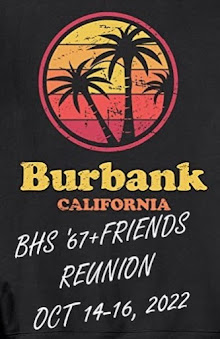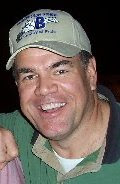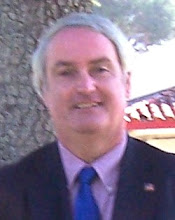
Andrew Larsen, son of BHS '67 grad Diana Ziegler Larsen, is a fishing guide and an article just came out about him!
Here is Andrew's website: kingmefishing.com
A Day in the Life of a Fishing Guide
By Dwight Caswell
I leave Highway 30 at Knappa and take ever-smaller roads toward Aldrich Point. Mist is rising and light rain falling; overhead there are geese, ducks, and a bald eagle. I am experiencing nature; I have a warm, cozy feeling. Then I get out of the car. It is cold and damp because it is 6:30 on a March morning. I grab my thermos of coffee and walk to the dock. I am going fishing for the tastiest fish of all, spring Chinook. Andrew Larsen is already there. He’s my fishing guide, owner and half the crew of http://www.kingmefishing.com/.
The other crewmember is also there, Larsen’s chocolate lab, Jagr. Larsen is well over six feet, broad shoulders, and handsome enough to have appeared on the cover of a Harlequin Romance novel. I am not making this up. He won the viewer’s choice award on a reality show called “Mr. Romance.” Only three clients will be going out this morning, because two women from Portland cancelled. They thought it might be too cold. One of the complications of a guide’s life, I guess, but what did they expect? The rest of us — Neila Wisniewski Getz and Gabe Hunt, from Montana, and myself — are wearing so many layers that we could model for the American Obesity Society.

Larsen fires up the jet engine and we head upriver. Larsen is using the oldest fish finding technique: “I’m looking for anyone netting fish.” Trouble is, nobody is catching fish this morning. Nobody. About three miles up the main stem Larsen finds water that looks promising. “There’s A water and there’s B water,” he says, “My job is to keep us on the A water as much as possible.”
Time to bait up. Larsen demonstrates, as he will all day, the proper way to secure herring to hook. “It has to spin in the water in order to attract fish.” He squirts the herring with a blend of scents and sprays it with WD-40. “Salmon hunt by sensing oil, and they seem to like WD-40.” Makes you wonder about salmon.
After forty minutes or so Larsen decides to head farther upriver. “Especially with spring Chinook, you gotta be there when the bite is on.” Maybe he’s letting us know we might be disappointed, but we knew it was early in the run. “We get two fish,” Larsen says, “it’ll be a good day.”

Again we wait. I drink more coffee. We get into the snacks. Larsen is able to simultaneously carry on several conversations, keep Jagr from eating the herring, and watch our rods. If he sees the telltale vibration that indicates the bait is dragging, he calls it to our attention, or reels the line in himself. It is such a casual yet masterful display I ask him how long he’s been doing this.
“I knew I wanted to be a fishing guide in seventh grade. After high school I worked in sporting goods stores, then charter boats; I finally saved enough to buy my first boat.” Larsen has been guiding for nine year, which speaks well for his skills. Guides live or die on word of mouth. “I’ve put some time and money into the internet and sports shows, but when it comes down to it, it’s clients recommending you.”
Gabe gets a bite, but it’s a fleeting thing. He reels in to find half his herring gone. We go farther upriver until we are off Puget Island. We anchor and Larsen switches us over to lures, again coated with scent and WD-40. Small oil slicks form where the lures hit the water. Larsen gets a phone call. “We did good yesterday,” he says, “but nothing today.” There’s a pause. “Almost up to Wauna.”

“Another guide,” Larsen explains. I want to know if guides trade information. “It depends. If he calls at the end of the day to tell you he got fish, he’s just boasting. If he calls you when he gets his first bite, then he’s helping. Those are the guys I’ll call.” The salmon don’t like lures any better than they liked herring. We decide to pack it in.
We’re almost back when Larsen considers another spot, but doesn’t like the look of the water. I ask him what makes the difference between the professional and the amateur. “Personal dedication” he says. “You have to have a knack, and then you have to raise fishing to an art form. And you have to have confidence.” “We came up empty,” I remind him. “It happens to everybody. But I know I’m going to catch fish tomorrow.”
Maybe some of that confidence is rubbing off on me. As I walk back to my car I realize that I had a good day. I’m ready to go out again. I’m confident. After all, as every fisherman will tell you, “they call it fishin’, they don’t call it catchin’.










Most folks puzzle about applying WD-40 to fishing lures or bait but the stuff is made from fish oil, not petroleum. Bought my first can while in Shasta County around '78.
ReplyDeletehmmmm, maybe I need to try that down here on the Gulf Coast...lol
ReplyDelete